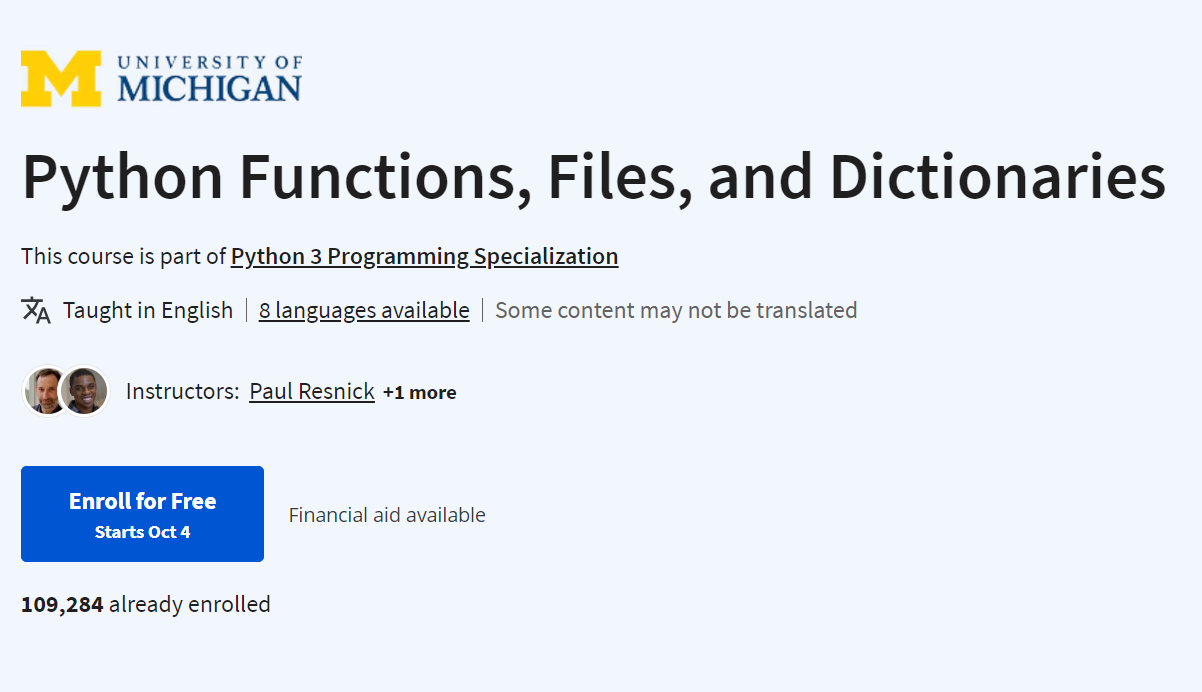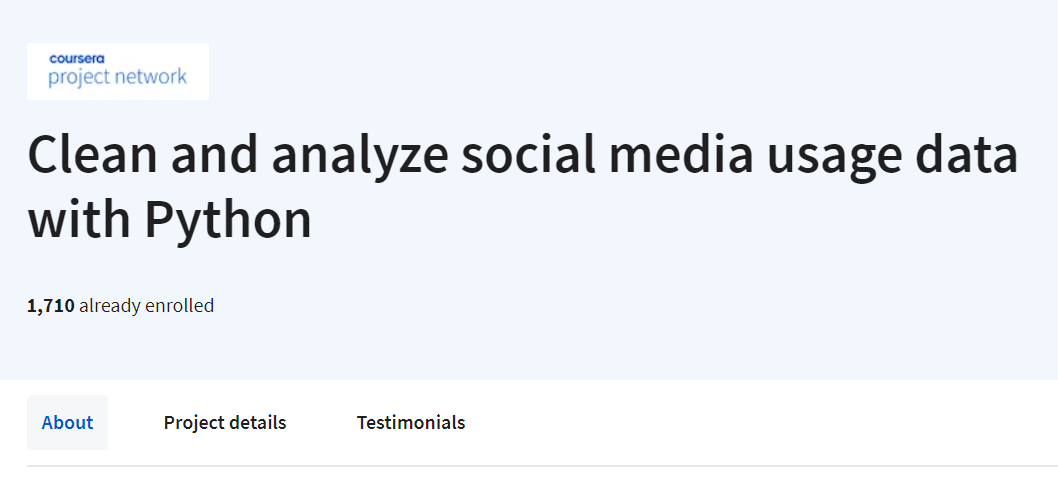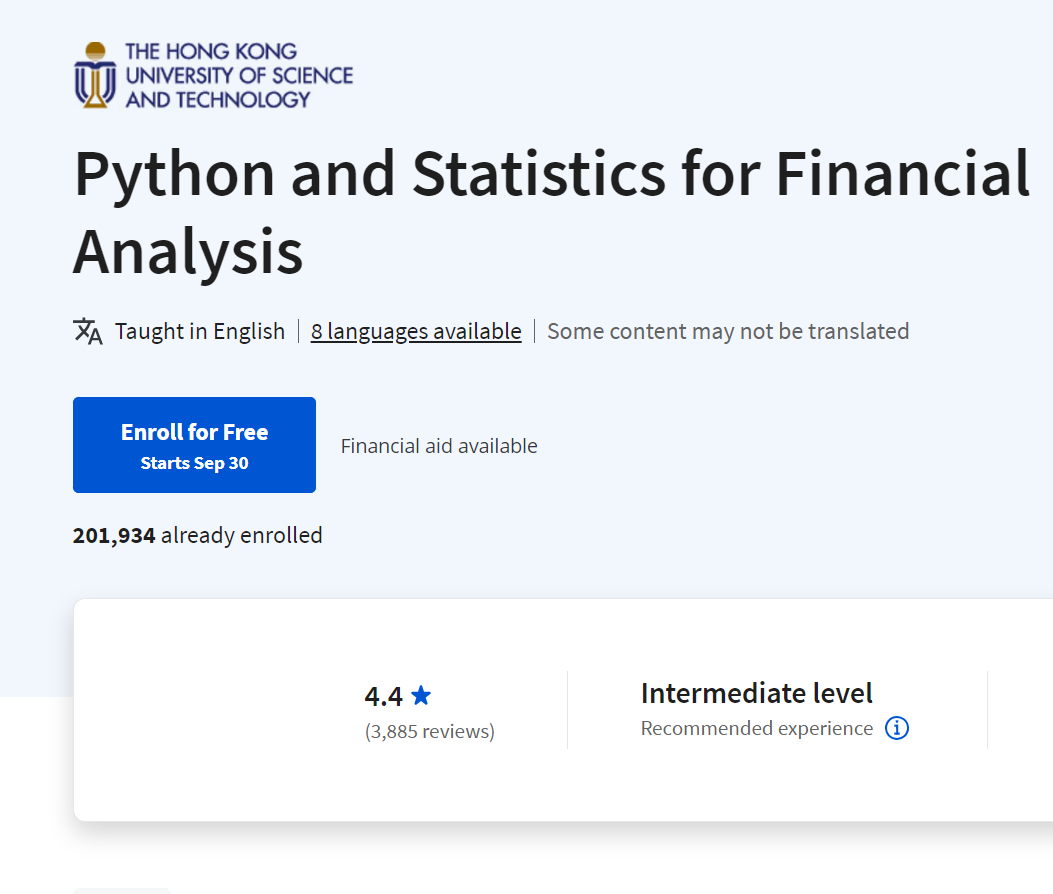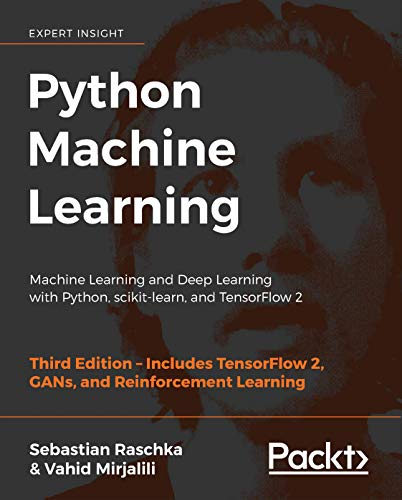Solutions -
In the code a function f that takes two parameters, value and values. The function then modifies the value at the first index of the values list to be 44 and assigns 1 to a variable v, but this v variable is not used anywhere in the function.
After defining the function f, you have a variable t set to 3 and a list v with three elements: [1, 2, 3]. You then call the function f with the arguments t and v, and finally, you print the values of t and the first element of v after the function call.
Here's a step-by-step explanation of what happens:
t is initially set to 3.
v is initially set to [1, 2, 3].
The function f is called with the arguments t and v.
Inside the function, the value at the first index of the values list (which is the same list as v) is modified to be 44. So, v becomes [44, 2, 3]. However, the variable v declared in the function and set to 1 is not used.
After the function call, you print the values of t and the first element of v, which is v[0].
As a result, when you run the code, it will print: 3 44

.png)


.png)
.png)

.png)
.png)
.png)
.png)
.png)


.png)



.png)




.png)
.png)

.png)


.png)













.png)


.png)
%20by%20Allen%20B.%20Downey.jpg)










.png)



%20by%20Allen%20B.%20Downey.jpg)









.png)










